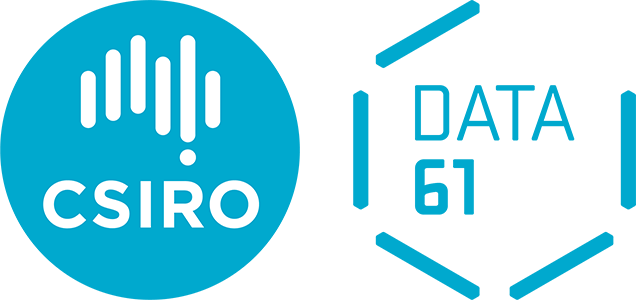SP-2: Multi-layer
Summary: Incorporating multiple quantum components with learnable parameters, interconnected through classical channels, can significantly enhance the overall performance of an AI system by improving expressiveness and accuracy.

Figure 1. Graphical representation of the multilayer pattern.
Problem: The problem to solve is enhancing expressivity of the quantum-enhanced model and increasing the number of trainable parameters within the constraints imposed by NISQ-era quantum computers, which limit the number of qubits and the depth of quantum circuits.
Solution: Given the constraints of NISQ computers, the expressivity of the model and inference accuracy can be enhanced by integrating several quantum components, which are interconnected by classical channels. This setup functions similarly to how additional layers of neurons in deep artificial neural networks improve performance by allowing for more complex and hierarchical feature extraction. In particular, multiple quantum components can function as individual quantum neurons, layers of neurons, or they can perform various tasks in the inference pipeline, such as feature extraction and subsequent feature classification in quantum support vector machines.
Benefits:
- Composability. This architecture is utilised in quantum-classical hybrid deep neural networks where one quantum component is often considered as a so-called quantum neuron. Quantum neurons, connected through classical communication channels, can be arranged into neural networks in various configurations, enabling a wide range of systems with diverse parameters.
- Scalability for NISQ computers. The quantum multi-layer pattern aims to address the limitations of NISQ-era quantum computers, which are constrained by the depth of quantum circuits and the number of qubits. A single neuron or perceptron, representing one layer in the architecture, can be implemented using only a few qubits and a limited number of entanglement gates, making it compatible with most existing quantum computers.
- Trainability and expressivity. The multi-layer architecture is capable of reproducing a probability distribution with a much steeper gradient near the classification line which was demonstrated by (Arthur and Date 2022). The quantum multi-layer architecture is also less susceptible to the barren plateau problem when many shallow quantum circuits are used.
Drawbacks:
- Efficiency. Introducing additional quantum components that exchange classical information requires extra encoding of classical information into quantum states. This encoding is usually characterised by exponential gate complexity and can pose a bottleneck for quantum speedup if quantum components are large-scale. Additionally, depending on the required accuracy, performing multiple measurements for each layer can become an efficiency bottleneck, especially during the
training phase, where repeated gradient calculations for each neuron are performed. - Portability and deployability. This architecture requires low-latency, high-speed communication channels between quantum components and the storage of intermediate data transferred through those channels. Therefore, it demands specialised hardware infrastructure, which is not always provided by default in quantum computers.
Known uses:
- Classification. Several quantum layers interconnected by classical communication channels has been utilised in deep neural networks for classification problems (Alam and Ghosh 2022, Arthur and Date 2022, Tacchino et al. 2020).
- Generalisation from fewer examples. This pattern can help create neural networks that generalise better from fewer examples, which is particularly beneficial for applications with limited data (Tacchino et al. 2019).
- PennyLane. PennyLane is a software framework that provides differentiable quantum nodes with classical data inputs and outputs. These nodes can be sequentially stacked or used in conjunction with classical components.
